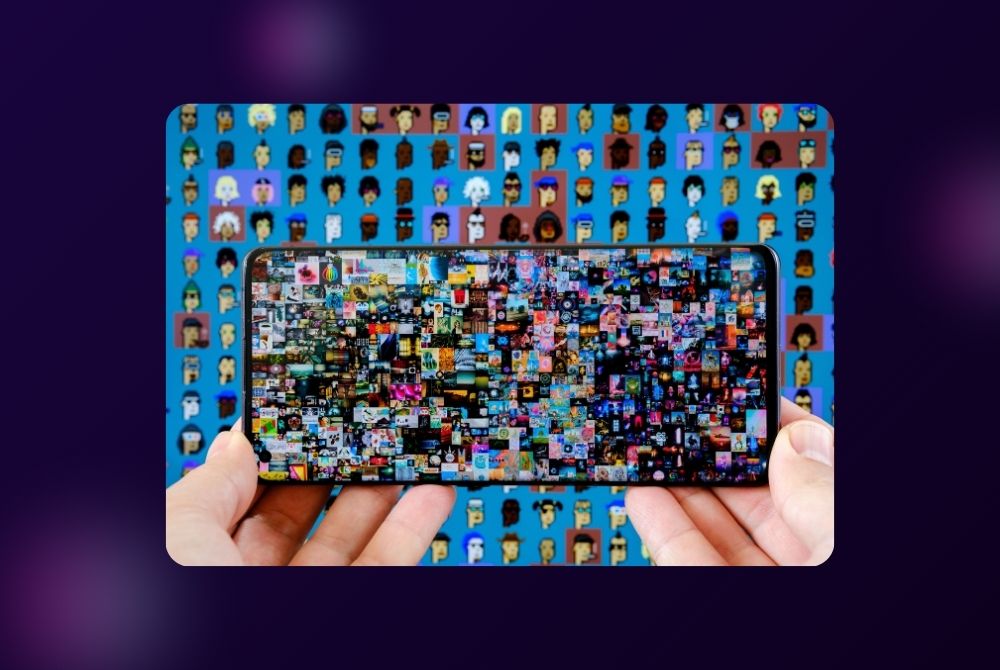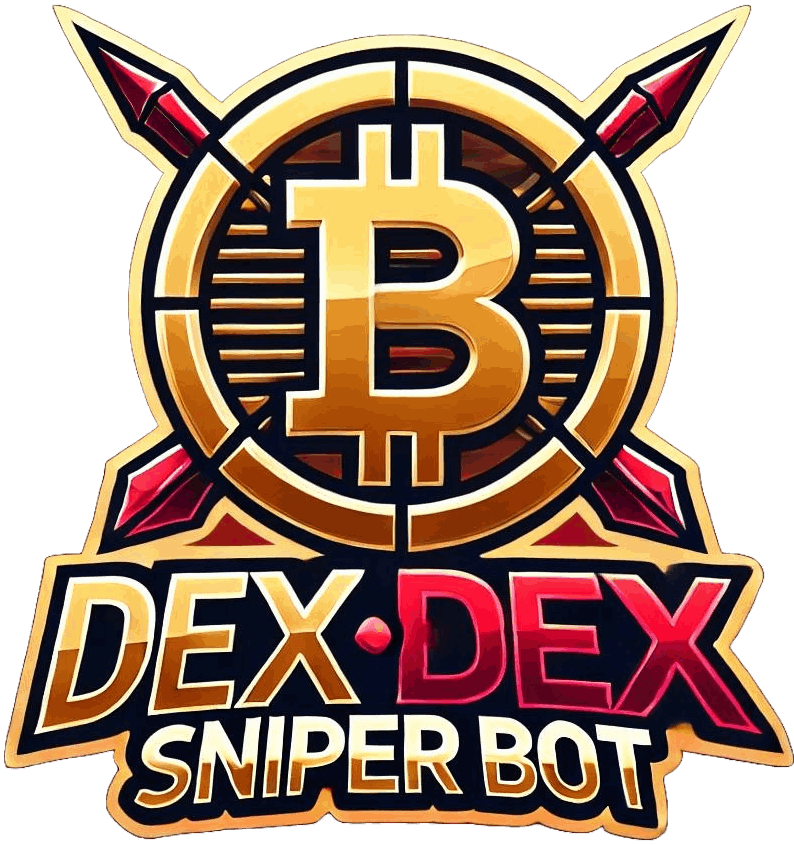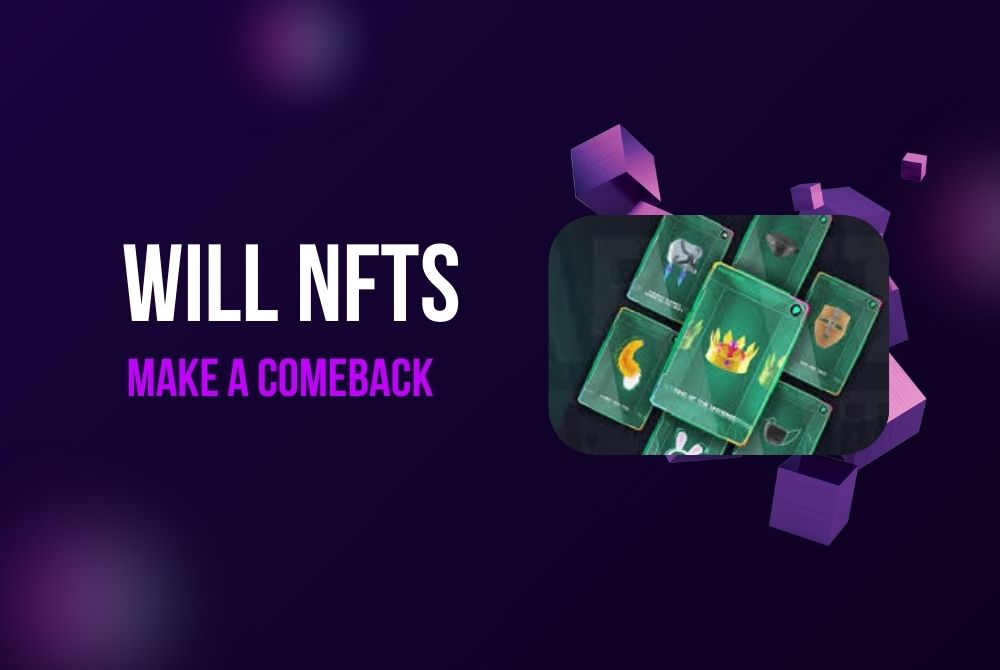NFTs (Non-Fungible Tokens) took the world by storm in 2021, captivating investors, artists, and creators alike. From jaw-dropping sales of digital art to celebrity endorsements, it seemed like NFTs were the next big thing. However, as quickly as they rose, the NFT market has faced a significant decline, leaving many to wonder: Will NFTs make a comeback? This article explores the factors influencing the NFT market’s potential resurgence, including the evolution of blockchain technology, innovative use cases, and how they relate to the broader cryptocurrency landscape, including meme coins.
Table of Contents
The Rise and Fall of NFTs
NFTs were once seen as revolutionary digital assets, bringing art, collectibles, and even real estate into the blockchain era. The hype peaked in 2021, with high-profile sales like Beeple’s “Everydays: The First 5000 Days” fetching $69 million at Christie’s. From gaming avatars to tokenized ownership of physical assets, NFTs seemed to open endless possibilities.
However, the market soon hit turbulence. Over-saturation, market speculation, and a lack of widespread understanding led to a sharp downturn. Prices plummeted, and many investors, who had entered the market during the height of the hype, faced significant losses. With many questions surrounding the long-term value of NFTs, the buzz started to fade.
Despite this decline, the question remains: Will NFTs make a comeback? While the NFT landscape has cooled, there are signs suggesting that the market could recover, albeit in a more sustainable and innovative form.
Key Factors That Could Lead to an NFT Comeback
For NFTs to make a successful comeback, several factors need to come together. These include technological advancements, innovative use cases, and increased mainstream adoption.
Technological Advancements in Blockchain: One of the main obstacles NFTs faced was scalability. Blockchain technology, particularly Ethereum, became congested as NFTs soared in popularity. High transaction fees (gas fees) made it expensive to buy, sell, and trade NFTs. However, blockchain technology is evolving. Newer, more scalable networks like Solana, Polygon, and Flow are stepping up to address these issues, offering lower transaction fees and faster processing times. As these platforms become more widely adopted, NFTs could regain traction, particularly as costs become more manageable for both creators and buyers.
Innovative Use Cases for NFTs: NFTs are no longer limited to digital art. The rise of utility-based NFTs is opening up new possibilities. From gaming and virtual real estate to tokenized tickets for concerts or exclusive memberships, NFTs are diversifying. For example, gaming companies like Ubisoft and Fortnite have started exploring NFTs to allow players to own, trade, and monetize in-game assets. Additionally, tokenized virtual properties in metaverses like Decentraland and Sandbox are gaining attention. As these use cases grow, NFTs will likely become more integrated into daily life, beyond just collectibles and art.
Mainstream Adoption by Brands and Creators: In the early days, NFTs were often seen as speculative investments or digital novelties. However, major brands are beginning to realize their potential in creating unique experiences for customers. Nike, Adidas, and even Coca-Cola have started launching NFT initiatives, ranging from limited-edition digital sneakers to exclusive virtual goods. These brands are legitimizing NFTs and driving mainstream adoption, which could pave the way for a wider resurgence.
Celebrities are also getting back into the NFT space. Post-hype, many have returned with a focus on delivering more value to their followers. For example, the use of NFTs in music and film projects is being explored, where creators can directly engage with their fanbase and sell exclusive content as tokens. These innovations are likely to contribute to the comeback of NFTs.
How Meme Coins and NFTs Might Intersect

In the world of cryptocurrency, meme coins like Dogecoin and Shiba Inu have gained popularity due to their community-driven nature. This aspect of meme coins could play a significant role in the future of NFTs. Communities that form around meme coins are often very passionate and creative, and they could drive new NFT projects or support existing ones. For example, meme coins could be used to buy exclusive NFTs or as rewards within NFT ecosystems.
As both meme coins and NFTs depend on strong, engaged communities, their intersection could result in an explosion of new projects that bring both meme coin fans and NFT enthusiasts together. This could be a key part of the recovery process for the NFT market, tapping into the power of meme-driven culture.
Challenges Facing NFTs in a Potential Comeback: While the prospects of NFTs making a comeback are promising, several challenges remain. Speculation still looms large, with many viewing NFTs as risky investments, especially after the market crash. This uncertainty can discourage new investors and creators from entering the space.
Additionally, environmental concerns continue to be a major hurdle. Blockchain technology, particularly proof-of-work systems like Ethereum, has a significant carbon footprint. Although Ethereum’s shift to proof-of-stake is expected to reduce energy consumption, the environmental impact of NFTs still raises ethical questions. Addressing these concerns will be key to broadening NFT adoption.
Regulation is another area of concern. Governments around the world are still figuring out how to regulate NFTs and digital assets. A lack of clear legal frameworks could deter mainstream businesses from fully adopting NFTs, which may hinder their growth.
Will NFTs Make a Comeback?
So, will NFTs make a comeback? The answer isn’t as simple as a definitive yes or no. The NFT market is certainly going through a period of transition. The initial hype may have waned, but there is a growing belief that NFTs could evolve into a more sustainable and integral part of the digital economy.
Key indicators suggest a potential resurgence, particularly as the technology improves and more practical applications for NFTs emerge. The ongoing efforts by major companies and innovators to integrate NFTs into industries like gaming, entertainment, and retail will play a crucial role in determining whether NFTs can break free from their speculative past.
In conclusion, the potential for NFTs to make a comeback hinges on their ability to evolve and adapt to a more sustainable, practical model. Technological improvements, innovative use cases, and mainstream adoption by brands and creators are key factors that could drive the resurgence of NFTs. However, challenges like speculation, environmental impact, and regulation must be addressed for NFTs to thrive in the long term.. Keep an eye on these coins for potential growth in the upcoming year!

